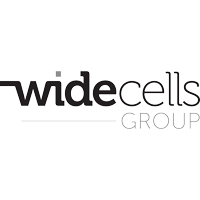Stem cell transplantation is a complex process. However, the transplant procedure itself is straightforward, similar in fact to a blood transfusion.
The donor stem cells are transfused through a central line (a catheter) which goes into a major vein in the chest.
The donor stem cells travel through the circulatory system and the stem cells can then start homing to the bone marrow and start dividing and replenishing the immune and blood system.
Chemotherapy and Infection
Once a stem cell transplant has taken place it can take several weeks or months for the donor cells to engraft. Engraftment means the stem cells have started to proliferate (reproduce themselves) within the recipient host.
Before stem cells can be transplanted a patient must undergo high dose chemotherapy. Following transfusion, the patient must be isolated for several weeks or months to avoid infection and to give the donated stem cells a chance to grow and proliferate.
While a patient is waiting for a stem cell transplant to engraft their immune system is severely compromised, because chemotherapy has essentially destroyed it. Therefore, infections before the donated stem cells successfully engraft can be serious and sometimes fatal – this is why patients are kept in isolation for several months, while their body and the donor stem cells grow a corrected, fully functional immune system.
Chemotherapy has significant side effects on the digestive system and sometimes on the body as a whole. Adults cannot withstand the levels of toxicity in chemotherapy that children invariably can and in elderly patients the risk is greater still.
Transplant Failure and GvHD
Failure to engraft, otherwise known as transplant rejection, is another risk. This means the donor recipient’s body has decided the donor stem cells are a threat, rejecting them.
In some cases, transplanted cells and the recipient’s cells can clash in the opposite way, causing what is called “graft versus host disease” (GvHD). This is where the donor cells attack the person who has received the transplant.
GvHD can happen within days of transplants – and up to two years later.

